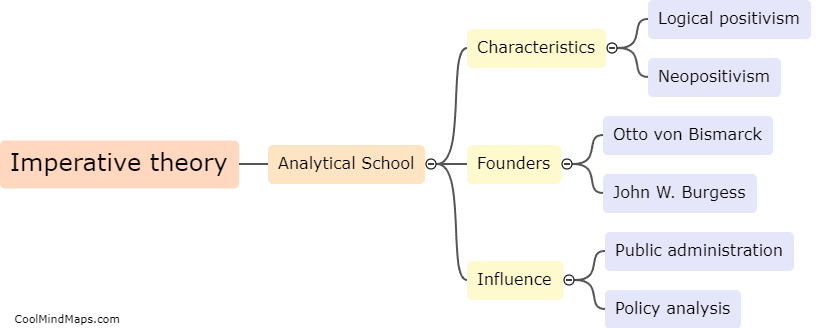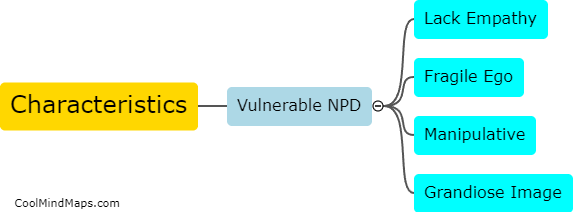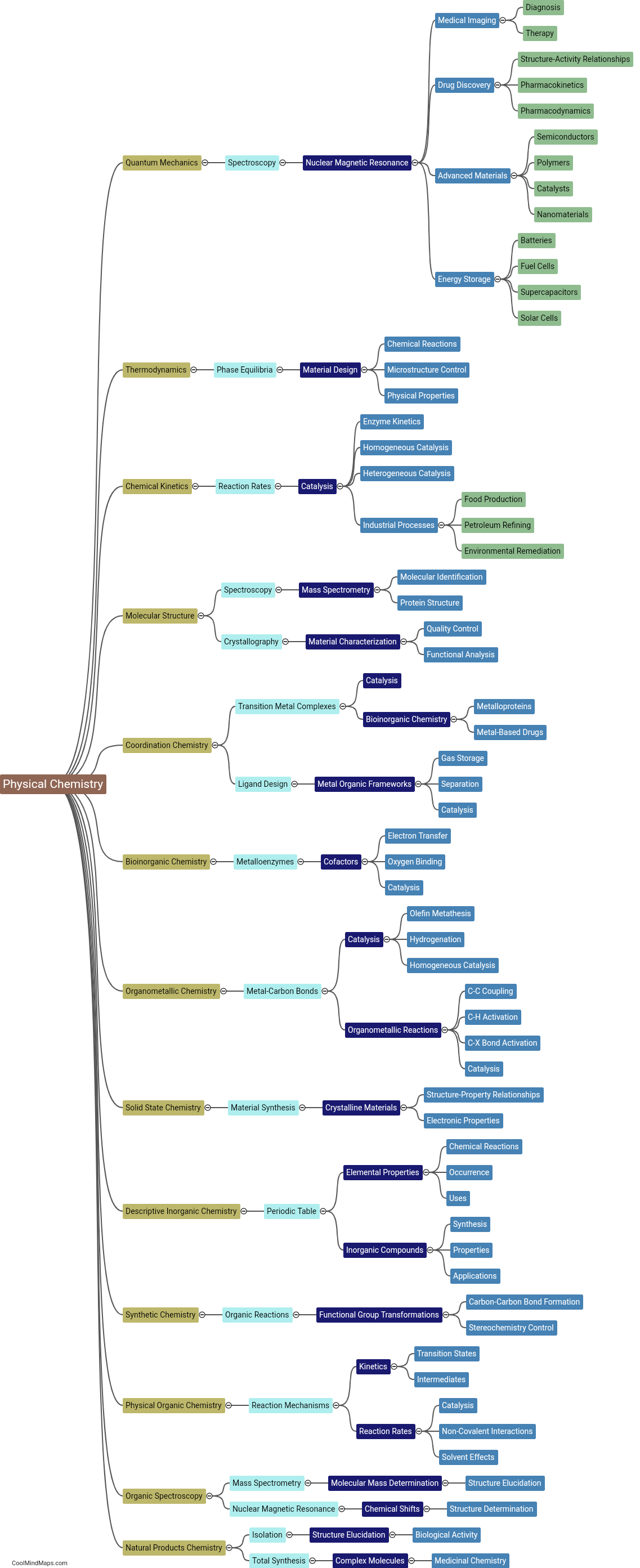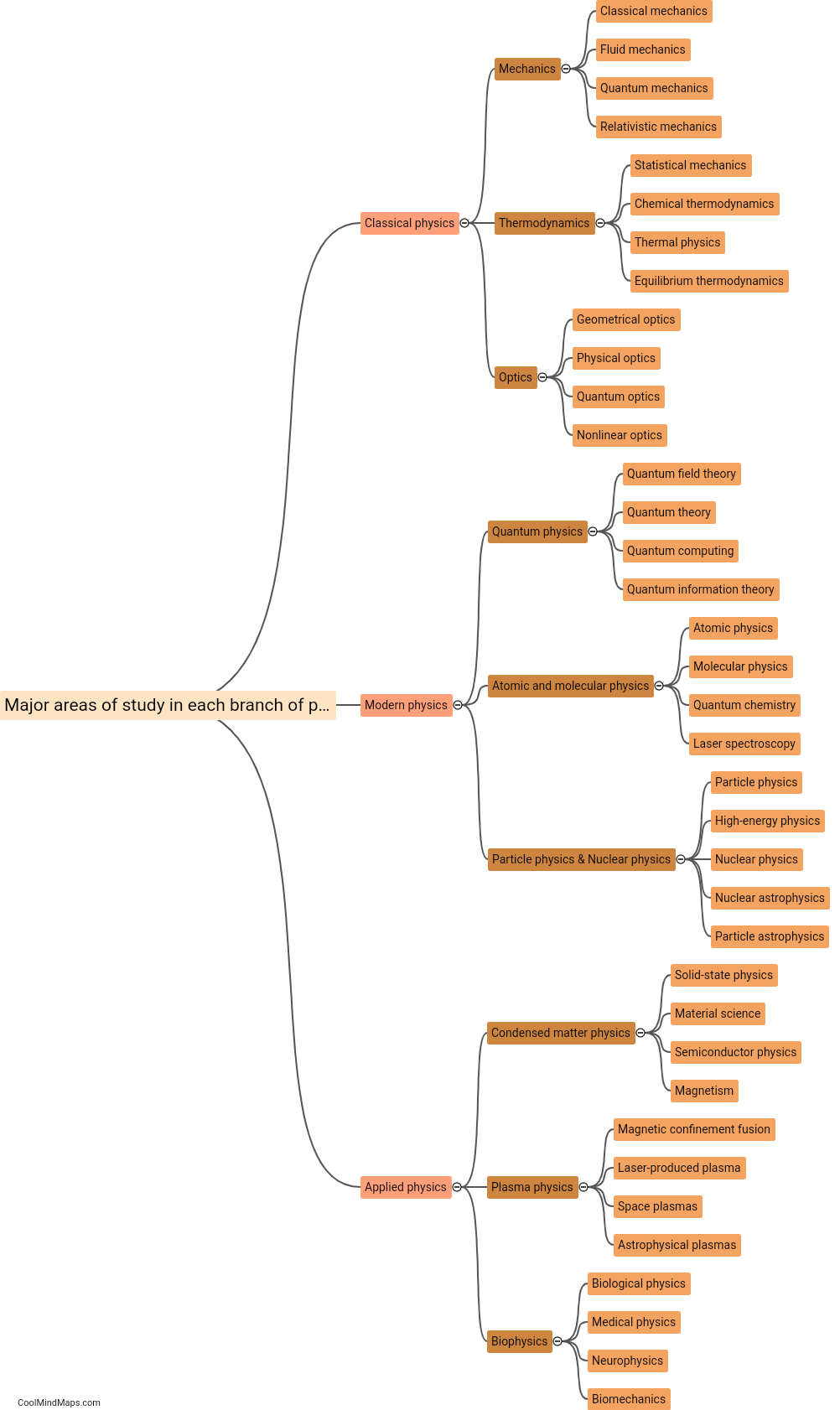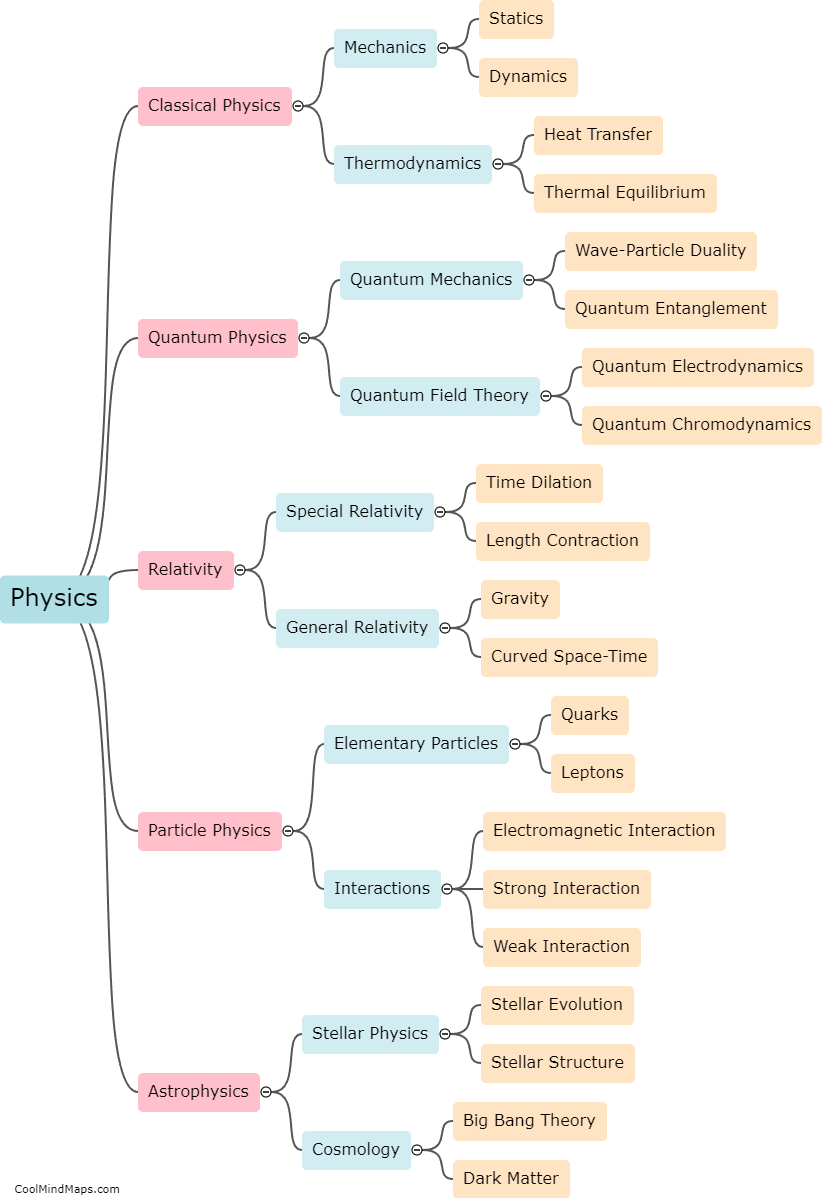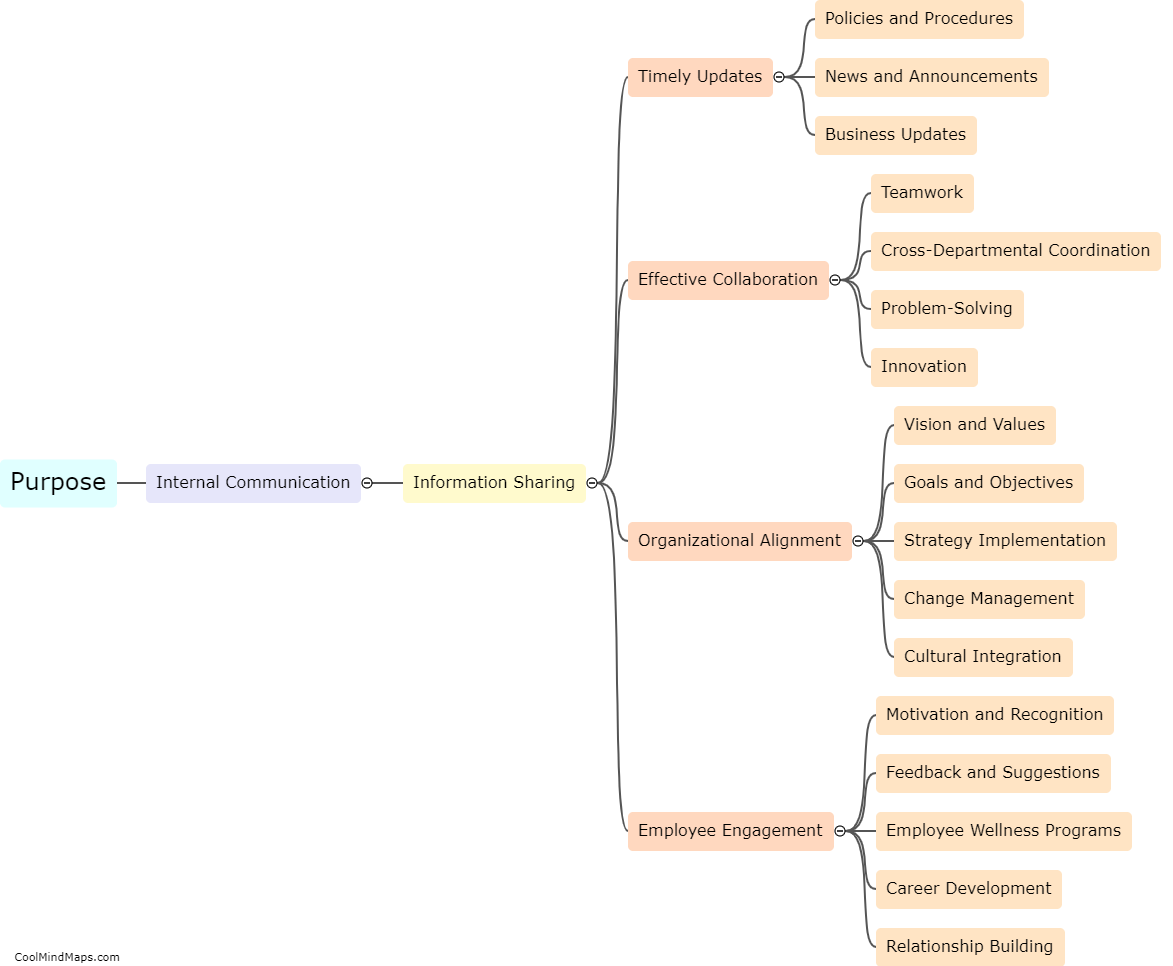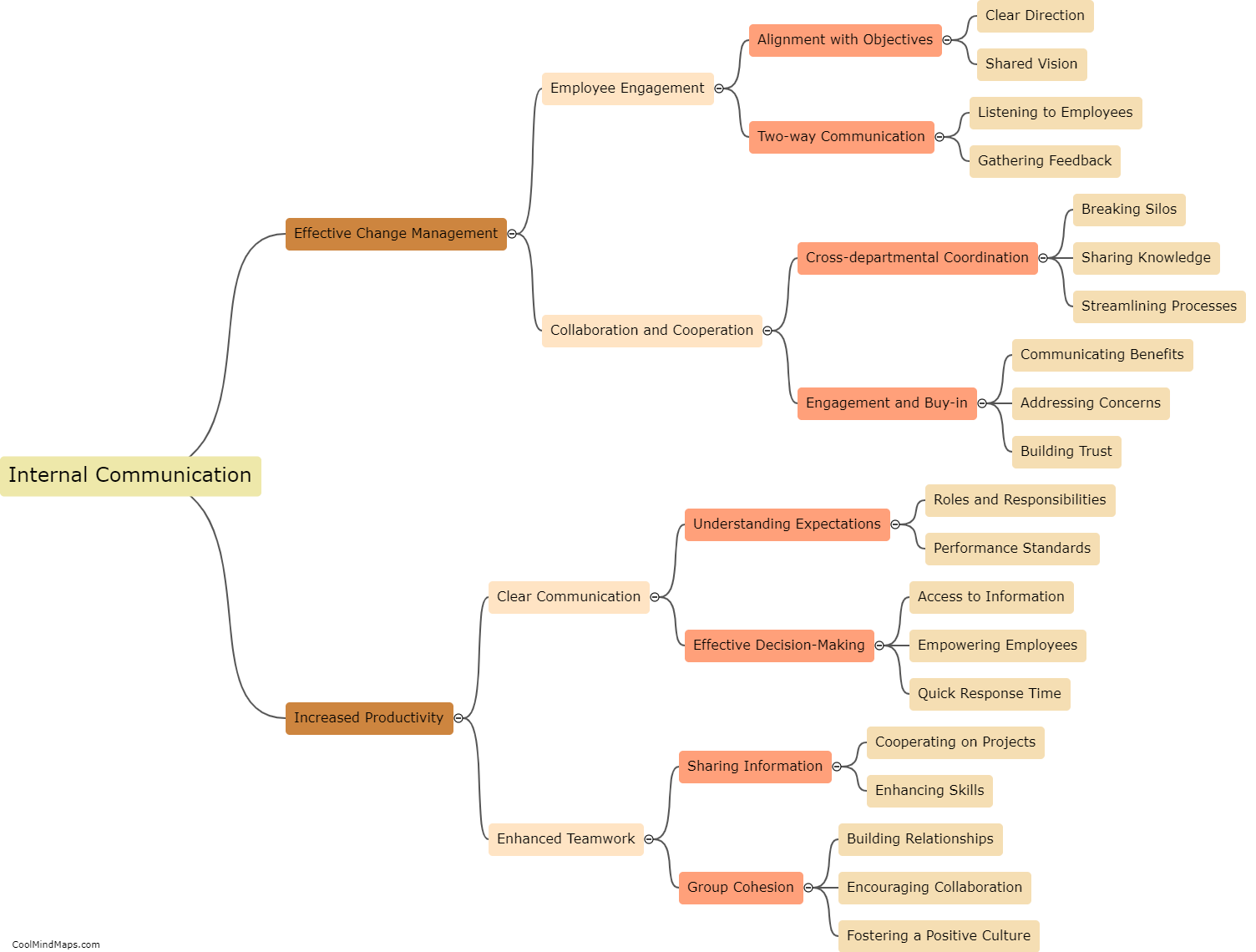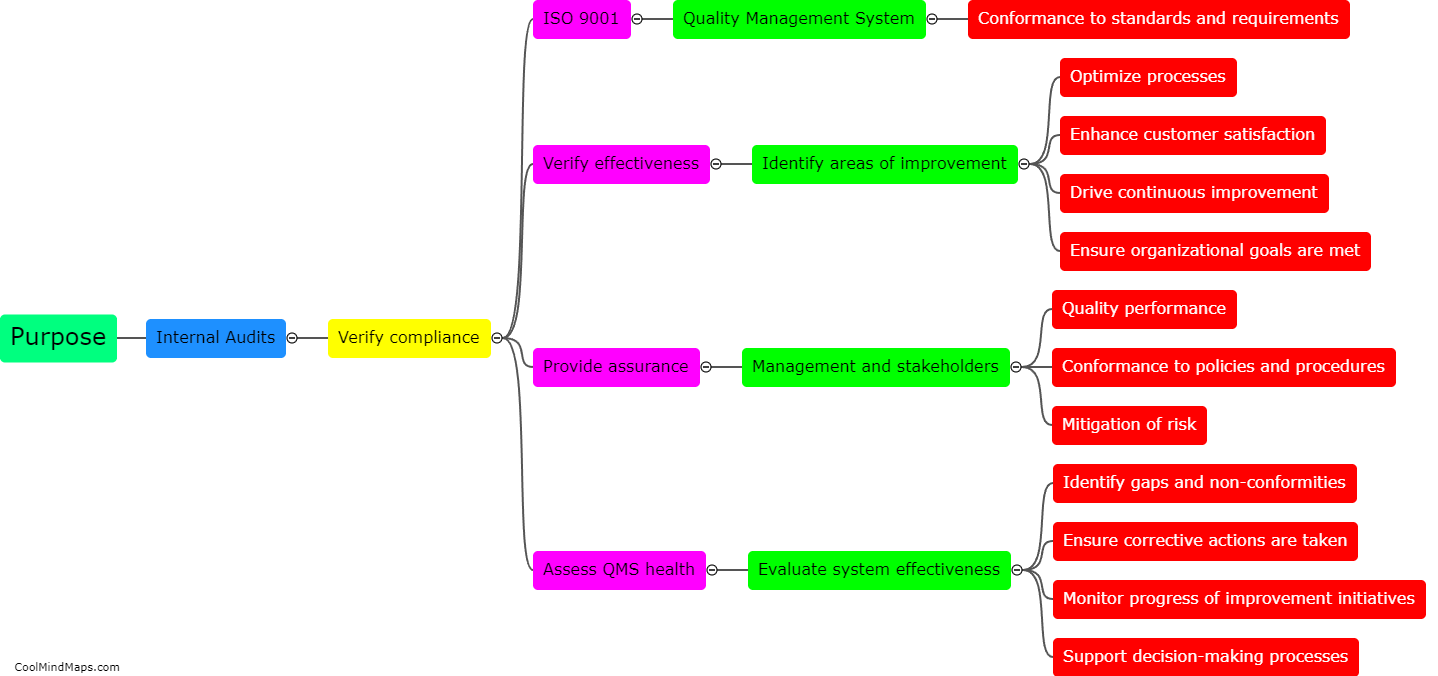What are the practical applications of each branch of physics?
Each branch of physics has unique practical applications that contribute to our everyday lives. For example, classical physics, also known as Newtonian physics, is widely applied in engineering and technology. It helps us understand phenomena such as the movement of objects, the behavior of fluids, and the principles behind structures. Thermodynamics, a subset of classical physics, has practical applications in areas like energy production and heat transfer. On the other hand, quantum physics has revolutionized fields like information technology and electronics by providing insight into the behavior of particles at the atomic and subatomic levels. It has allowed for the development of technologies like lasers, transistors, and quantum computing. Electromagnetism, another branch of physics, has practical applications in areas such as power generation, telecommunication, and medical imaging. Lastly, relativity theory, a branch of modern physics, is essential for applications like satellite navigation systems and GPS. This breadth of applications across the different branches of physics showcases how our understanding of the physical world directly impacts numerous fields and technologies.
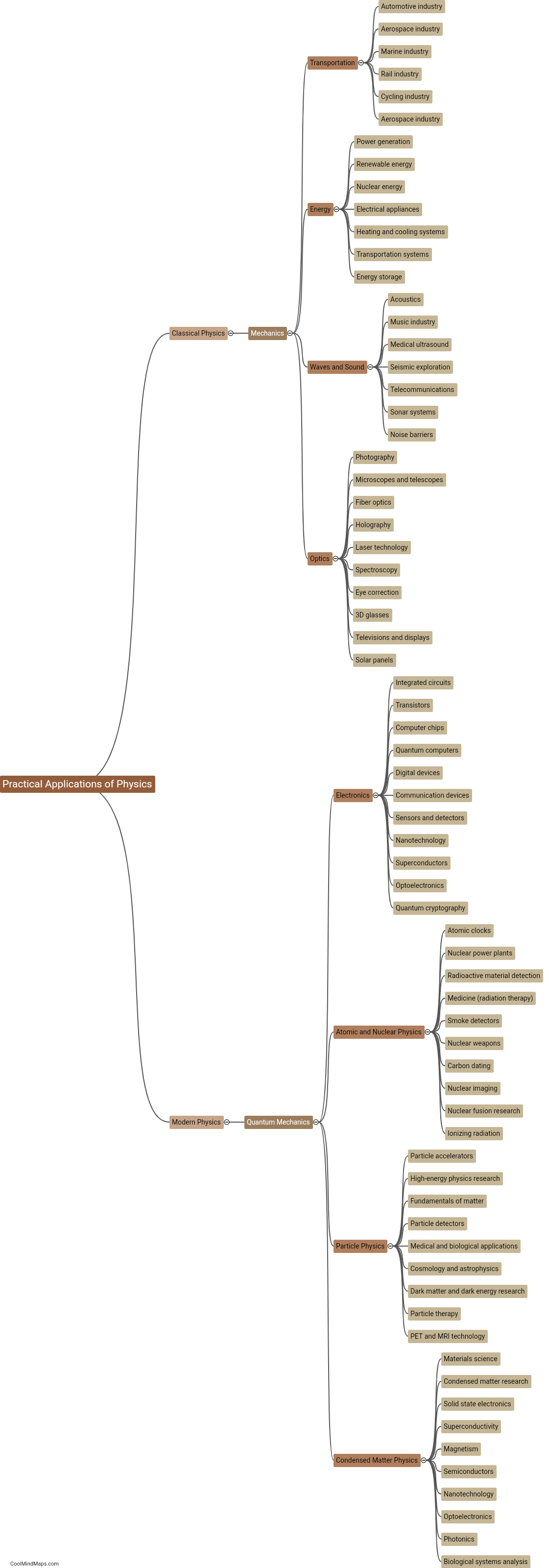
This mind map was published on 21 July 2023 and has been viewed 234 times.

